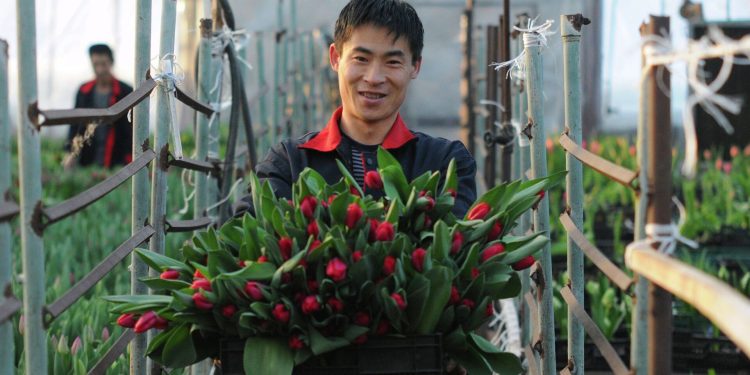#Agriculture #GreenhouseFarming #LaborMigration #HousingCrisis #TechnologicalInnovation #Robotics #ArtificialIntelligence #Automation #SustainableSolutions
The greenhouse farming sector in the Netherlands relies heavily on foreign labor, with approximately half of its workforce coming from abroad. However, amidst the vital contributions of migrant workers, challenges loom large, particularly in the realm of housing and social integration.
Addressing Misconduct and Housing Shortages
While labor migration is an age-old practice, the sector grapples with persistent issues, notably concerning housing conditions. The demand for accommodation during peak seasons, coupled with a housing crisis, exacerbates the strain on resources. Despite efforts to improve living conditions, challenges persist due to a scarcity of suitable locations and community resistance to housing projects for migrant workers.
The discourse surrounding labor migration often amplifies instances of misconduct, overshadowing the contributions of reputable recruitment agencies and the majority of well-treated workers. While acknowledging existing challenges, it is imperative to adopt a comprehensive approach that transcends municipal boundaries, fostering collaboration among stakeholders to address housing shortages effectively.
Looking Beyond Borders: Collaborative Solutions
Rethinking traditional approaches, industry stakeholders advocate for a holistic perspective that transcends geographical boundaries. Embracing a paradigm shift, the focus shifts towards establishing quality housing in strategic locations through multi-stakeholder partnerships. This necessitates a coordinated effort to assume leadership and navigate regulatory frameworks, ensuring sustainable solutions that benefit both workers and communities.
Embracing Technological Innovation
In confronting the looming spatial constraints, traditional notions of expansion confront skepticism. Rather than viewing automation as a panacea, stakeholders advocate for embracing technological innovations as complementary solutions. The integration of robotics, artificial intelligence, and automation within greenhouse operations not only enhances efficiency but also mitigates dependency on migrant labor.
As the industry ventures into the realm of automation, ongoing experimentation with robotics and AI holds promise in alleviating labor demands. While unlikely to fully replace human labor, these innovations offer avenues for optimizing productivity and reducing reliance on migrant workers.
In navigating the complex landscape of agricultural labor, it is imperative to recognize the intrinsic value of migrant workers while addressing systemic challenges. By fostering collaboration, embracing innovation, and prioritizing humane housing solutions, the greenhouse farming sector can chart a path towards sustainable growth and resilience.












